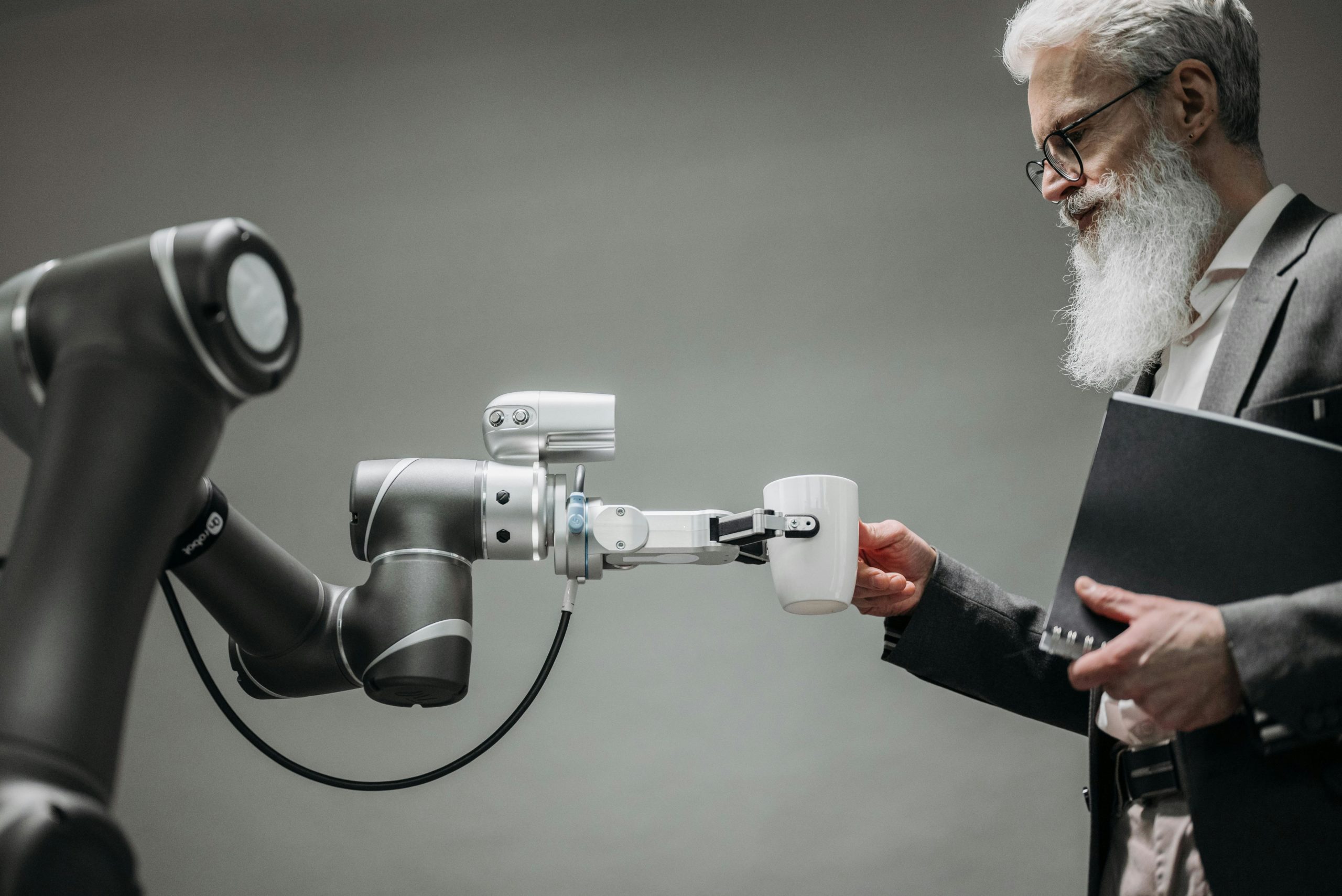Virtual Reality Artificial Intelligence Experience Design
Designing experiences for virtual reality (VR) artificial intelligence (AI) involves considering several key factors to create immersive, intuitive, and engaging interactions. Here’s a breakdown of important aspects to consider: Understanding Needs and Goals Start by understanding the needs, goals, and preferences of your target audience. What are they trying to accomplish in the VR environment? … Read more









